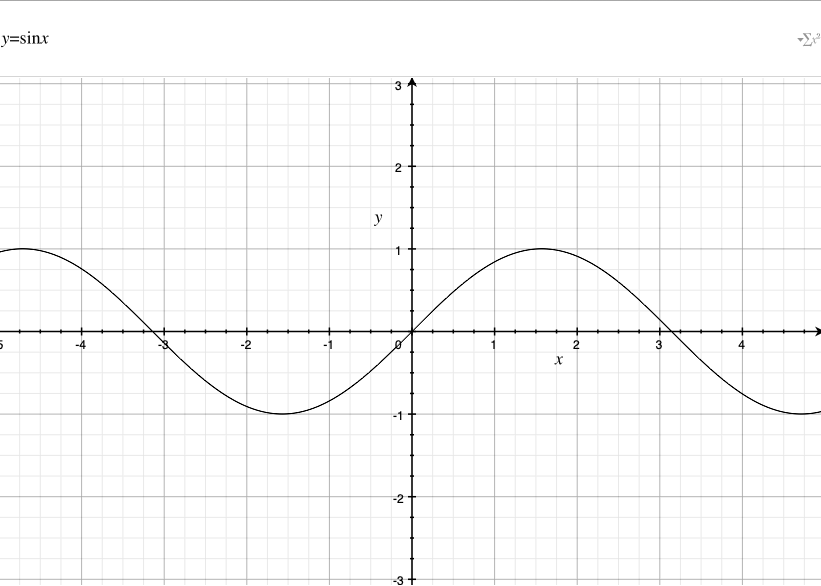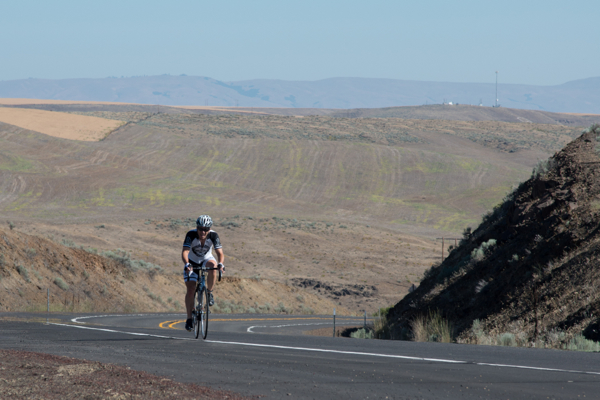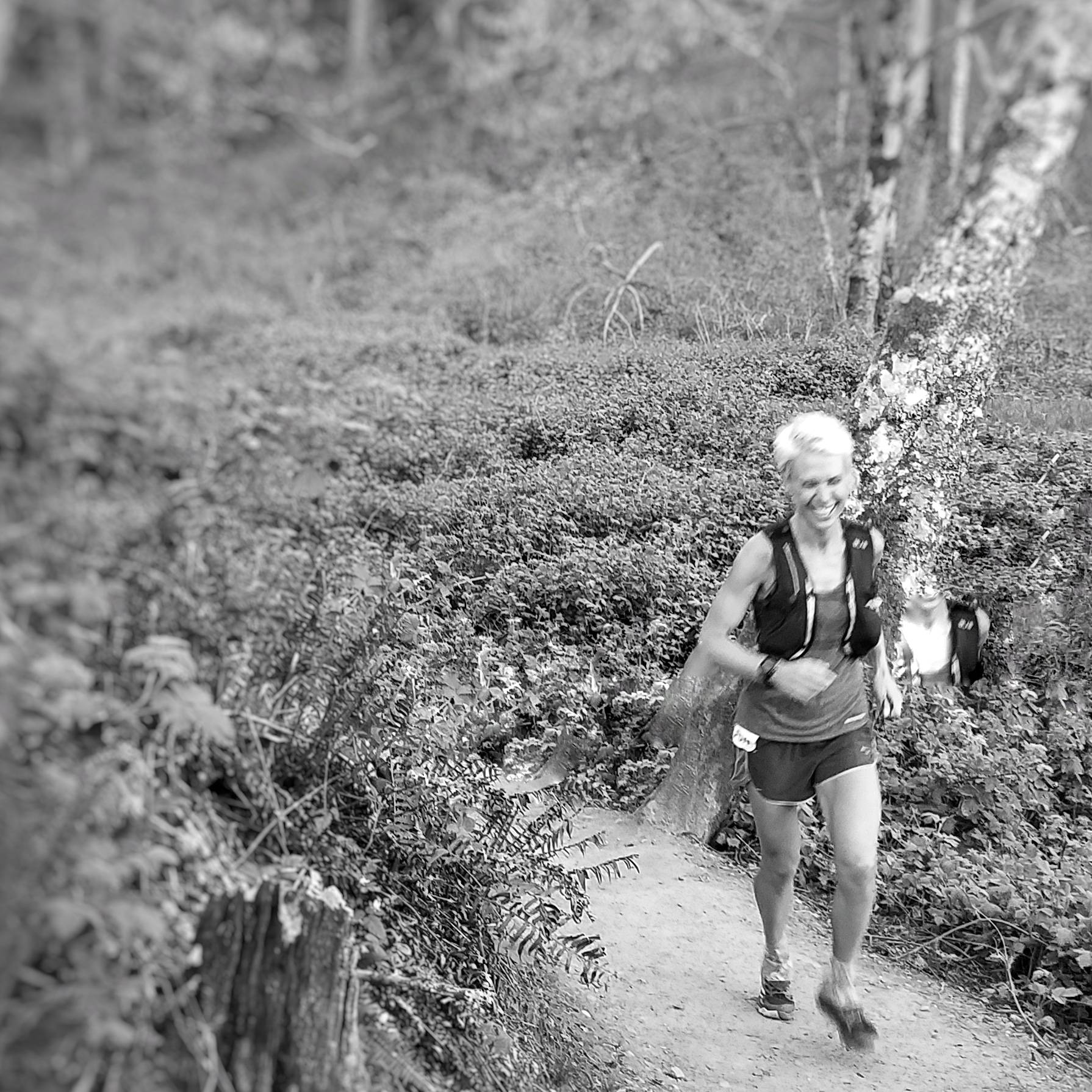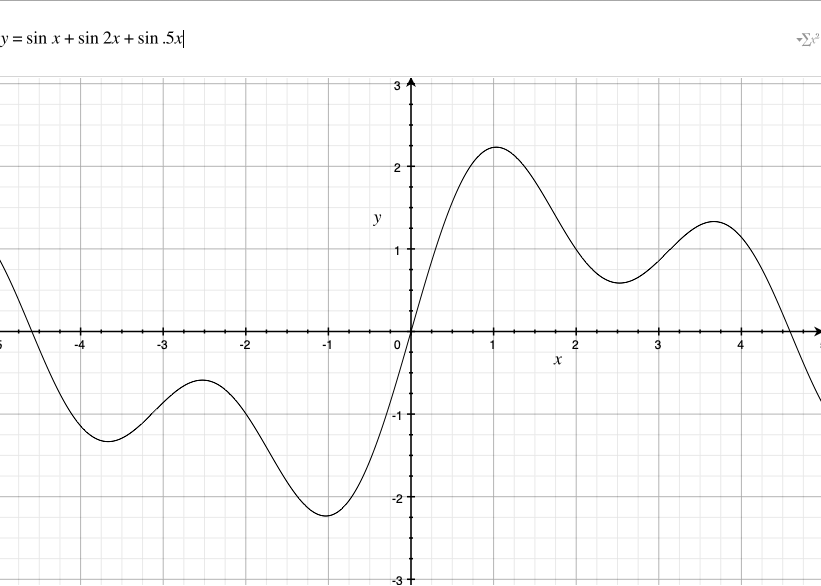Sine waves are a way to visually represent repetitive phenomena like the natural rhythms and limits that govern your heart rate, cadence, breathing, and mental states when you run, ride, or hike.
Sine waves have this sort of shape:

If you wanted, you could draw out sine wave patterns to represent each of these dynamic experiences to create a unique set that describe the boundaries of your physical and mental abilities.
Within those boundaries is a sweet spot where your body and mind optimally perform. This is not to be confused with a rest state. If all you do is rest, the body and mind decline. A healthy body and mind require alternating periods of (the right kind of) stress and recovery.

We train and exercise to maintain and expand the boundaries of our abilities: Improved cardiovascular fitness can lower the resting heart rate, increase the maximum heart rate, and reduce the amount of time it takes to recover from a strenuous effort.
Different kinds of training expand different aspects of fitness. Distance running and cycling at a mellow pace does one thing for the body, intense short repetitions do another. Core exercises and dynamic strength training improve stability and efficiency. Yoga movements improves kinesthetic awareness. Cross training expands the body’s repertoire of movements. Mindfulness meditation improves mental focus, self-discipline, and reduces mental baggage.
In a way, training is a kind of “sine wave management.” Not only does periodic stress improve fitness, it cultivates the mental tenacity to feel comfortable being uncomfortable, and improves the ability to persevere through severe misery and pain. With practice feeling “uncomfortable” can be relatively comfortable.
Of course, things can get really interesting when you venture beyond what feels like your “comfortable” set sine of wave patterns. Think about a hard ride or race you’ve done: The usually regular oscillations that characterize your personal sine wave patterns become irregular. A previously stable state of mind can easily lapse into a state of panic. That mental panic combined with physical stress may seem unbearable. You can feel tempted to slow down or quit.

If you haven’t explored the outer limits of your sine wave patterns, the best way is on a hard group run or ride or in competition. For most people it’s quite difficult to get into a state of extreme exertion in a solo effort. In a competitive setting it’s hard not to.
There is an art to taking sine wave management from a training setting to a competitive setting. Although you may be perfectly trained for your big event, it’s easy to get seduced by self-doubt and lose the mental balance needed to achieve your objective. But if you can avoid that seduction, sine wave management in those moments can feel like you are conducting a mind over matter experiment that is actually working.
During longer efforts, it can often feel like the various sine wave patterns interact with one another. During a century ride or marathon, for example, you notice the ebb and flow of your physical performance as well as mental ups and downs. It feels like the sine wave patterns merge with one another and instead of noticing isolated feelings in the body, like leg or back pain, you can experience a kind of meta-pattern that can alternate between euphoria and misery. Like this:

Another facet of sine wave management is what can happen only during competition or difficult group rides, either of which can feel like you are swimming with sharks. Chances are, at least one other person in the group has a set of sine wave patterns that exceed yours. If that person attacks or otherwise applies pressure to the tempo, it will disrupt your sine wave patterns or force a visit to the outer limits of your sine wave patterns. What happens during those moments depends on your ability to perform sine wave management. You may be able to hang on, or you may experience a complete melt down.
Extremes of personal experience provide us with opportunities to learn the most about ourselves. While protracted visits to extreme experience is not sustainable or healthy, periodic visits are a healthy way to broaden our physical and mental capacities.
Most of us are fairly early in to our annual fitness seasons. There is no better time to begin practicing sine wave management than now.
This is an updated version of this post that was originally published on Mar 27, 2010.
